2-Day: Certified Compassion Fatigue Professional (CCFP) Intensive 12 Hour Training – J. Eric Gentry (Digital Seminar)
Description:
This program is exactly what you need to regain purpose, fulfillment, and thrive in your profession now more than ever—whether you’re already experiencing the emotional burnout of Compassion Fatigue or want to make sure you avoid it.
Exposing yourself to the trauma your clients and patients are experiencing daily can harm your physical and mental health…Leaving you feeling worn down, sleepless, burdened by the suffering of others, and dreading your next day on the job.
This is Compassion Fatigue. It’s more than being overworked, it’s trauma. And it’s a threat to the safety of your patients, your own wellbeing, your relationships, and your career.
This course presents a thorough and comprehensive exploration of all things compassion fatigue: The history, causes, symptoms, treatment and prevention of compassion fatigue. Dr. Eric Gentry, trauma expert, author and trainer, will draw on his personal experience, latest research and his expertise to provide you with skills to help you—and your clients— build resiliency and optimism again. Purchase today!
And a bonus, when you complete this comprehensive training, you’ll have the education you need to become a Certified Compassion Fatigue Professional (CCFP), visit evergreencertifications.com/ccfp for more details.
Best of all, upon completion of this live training, you’ll be eligible to become a Certified Compassion Fatigue Professional (CCFP) through Evergreen Certifications. Certification lets colleagues, employers, and clients know that you’ve invested the extra time and effort necessary to understand the complexities of compassion fatigue. Professional standards apply.
Outline:
Essentials of Compassion Fatigue
- Overview of the history of compassion fatigue
- Why it is on a rise the field of caregiving
- Etiology through its two primary components:
- Secondary traumatic stress
- Professional burnout
Working with People Who Are Traumatized and/or Suffering:
Critical Signs for Every Clinician to Watch For
- Potential symptoms and effects associated with compassion fatigue.
- The process (i.e., “infection”) of secondary traumatic stress
- Burnout as caused by autonomic dysregulation and distorted perception
Assessment and Clinical Skills for Professional Resilience
- Compassion fatigue assessment instruments for self and others: Pro-QOL
- Put it to Practice: Self-administration, Scoring & Interpretation of Pro-QOL
- How to narrate personal/professional history that has led to negative effects associated with work
- Put it to Practice: Graphic Time Line and Written Narrative of Caregiving
- Understand the role that perceived threat and sympathetic nervous system dominance play in compassion fatigue symptoms
- Put it to Practice: Skills-building with self-regulation
Compassion Fatigue Strategies: Restore Joy in Your Work To Better Help Your Clients
- Prevent future effects associated with secondary traumatic stress:
- Connection/support
- Relaxation
- Narrative to resolve current
- Symptoms
- Methods to resolve current and
- prevent future effects of burnout
- Skilled application of CBT tools to lessen the effects of compassion fatigue
- Relaxation
- Exposure
- A method for symptom amelioration and resiliency.
- Put it to Practice: Complete “Documents of Intention”
Professional Resilience:
Clinical Skills to Enhance Resiliency
- Processes, trajectory and tasks associated with professional maturation
- Model that allows you to be healthy and maximally functional independent of environmental “demands”
- The five key resiliency skills for the prevention
- Design a self-directed professional resiliency plan
- Put it to Practice: Complete Self-Directed Professional Resilience Plan
FITNESS – HEALTH – MEDICAL Course
More information about Medical:
Medicine is the science and practice of establishing the diagnosis, prognosis, treatment, and prevention of disease.
Medicine encompasses a variety of health care practices evolved to maintain and restore health by the prevention and treatment of illness.
Contemporary medicine applies biomedical sciences, biomedical research, genetics, and medical technology to diagnose, treat, and prevent injury and disease,
typically through pharmaceuticals or surgery, but also through therapies as diverse as psychotherapy, external splints and traction, medical devices, biologics, and ionizing radiation, amongst others.
Medicine has been around for thousands of years, during most of which it was an art (an area of skill and knowledge) frequently having connections to the religious and
philosophical beliefs of local culture. For example, a medicine man would apply herbs and say prayers for healing, or an ancient philosopher and physician would apply bloodletting according to the theories of humorism.
In recent centuries, since the advent of modern science, most medicine has become a combination of art and science (both basic and applied, under the umbrella of medical science).
While stitching technique for sutures is an art learned through practice, the knowledge of what happens at the cellular and molecular level in the tissues being stitched arises through science.
Preview Information:
Original Page
Archive Page
More Course: FITNESS – HEALTH – MEDICAL
Outstanding Course:Dr Susanne Bennett – Mighty Mito: Power Up Your


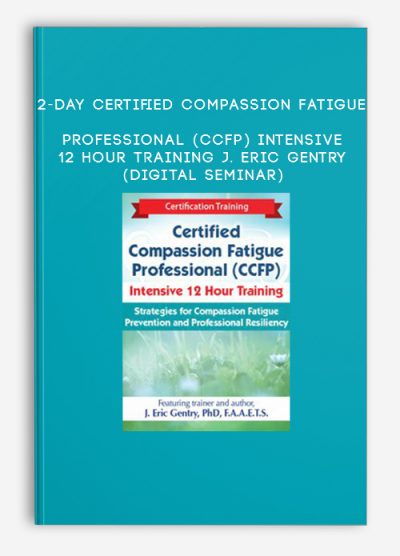
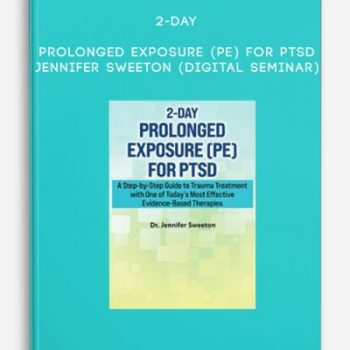
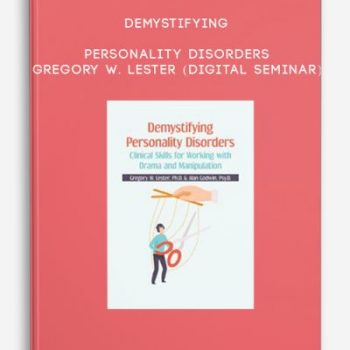
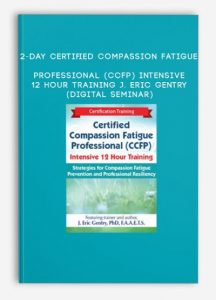

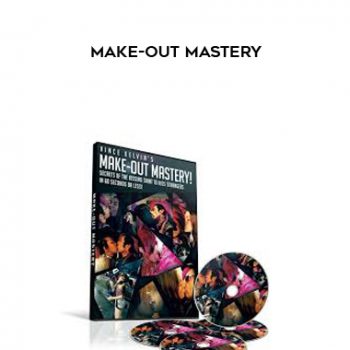
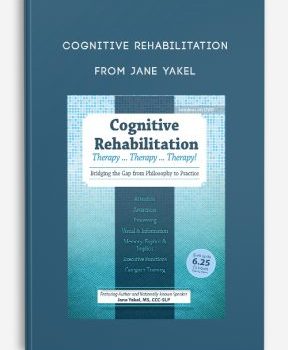


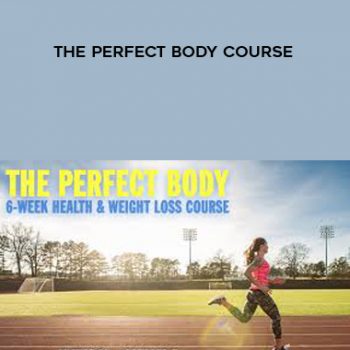
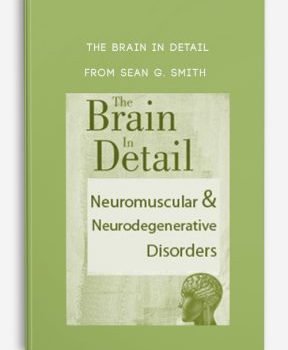

Lord –
This is Digital Download service, the course is available at Vincourse.com and Email download delivery.